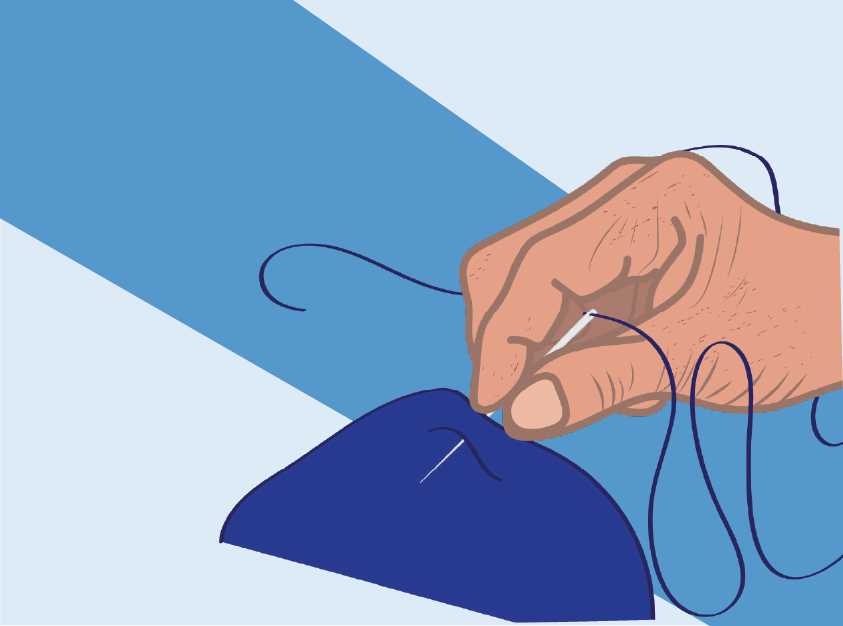
Lights up on a period drama set some time ambiguously in the past. Our female lead sits with her lady friends all with white cloth and embroidery frames in hand. Maybe its quiet, our lead silently sighs and begrudgingly stabs into the cloth. Maybe the women slowly gossip about the lives of their neighbours.
Scenes like these, seen everywhere from Bridgerton to Shakespeare, show something so rare throughout history; a space dedicated to women. It’s no secret that textile crafts in particular are quite literally entwined with the history of women. Many spaces and industries that have been dominated by women have been textile crafts like embroidery, knitting, crochet, weaving, sewing, basket making or even highly specialised garment making like mantua makers (dressmakers) or milliners in the western world.
‘Women’s work’ is a phrase which holds the weight of billions of people’s skills, creativity, efforts, passions — yet it’s treated as light and fragile as pastry. These skills and crafts have been continuously and enduringly undervalued. I hear people speak about the rising interest in these crafts and assigning it to harmful ‘Tradwife’ trends that we also see on the rise. But feminism does not have to mean escaping or rejecting traditional femininity altogether. It’s unproductive to demonise traditionally feminine things because you don’t personally identify with them; in fact, I would argue that can be misogynistic in itself. Vice versa, women should not be criticised for not enjoying traditional femininity. Feminism is about giving us the choice of what we do and who we are, not about enforcing a singular idea of femininity.
It’s borderline criminal that we’ve undervalued these crafts for so long. Rather than continuing to undermine the value of these crafts, it’s long overdue to celebrate them as they’ve always deserved to be.